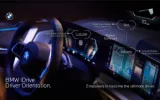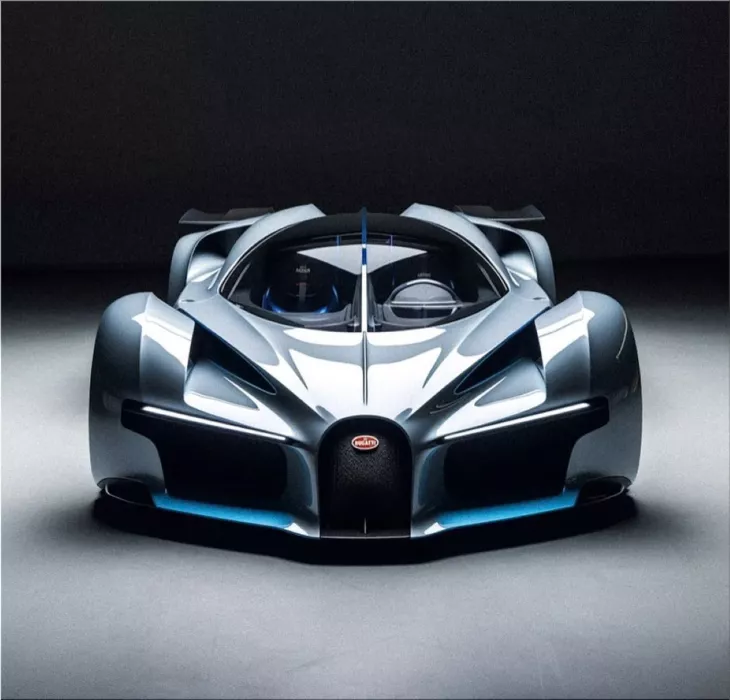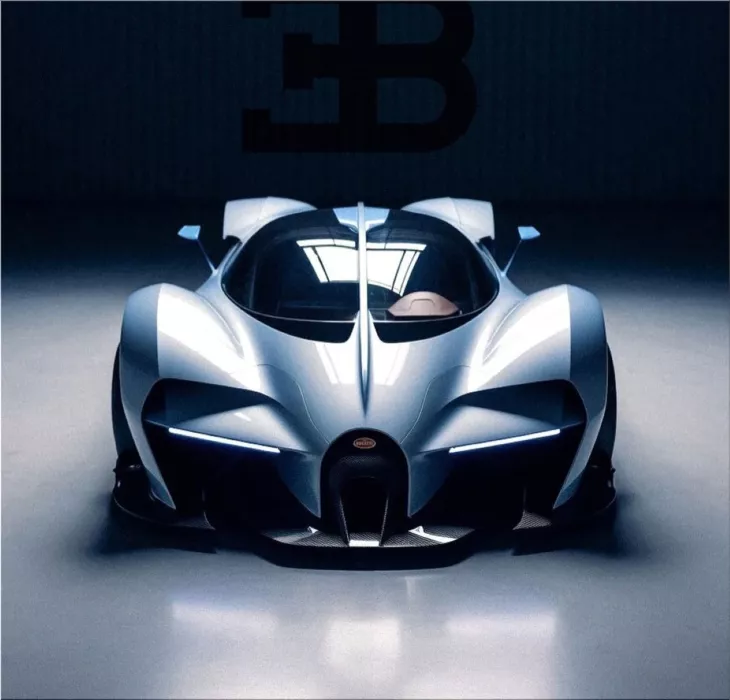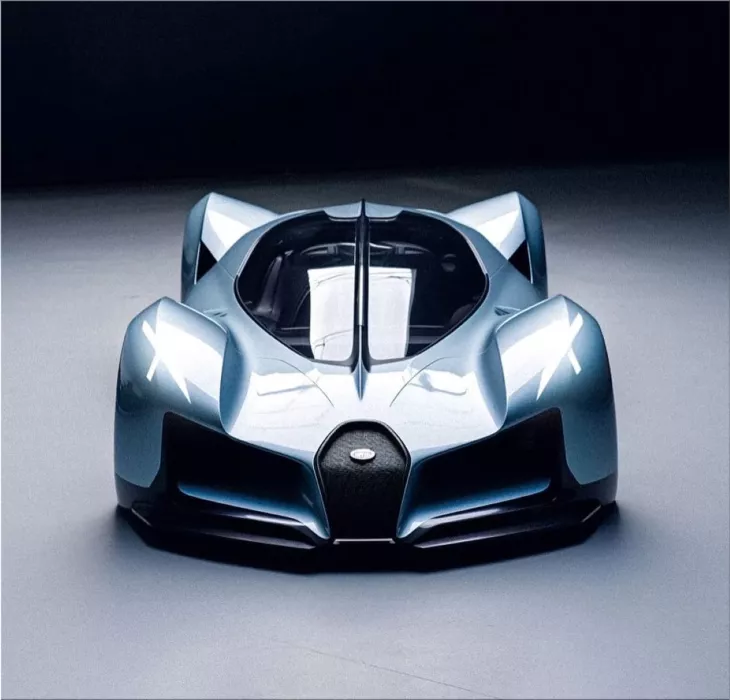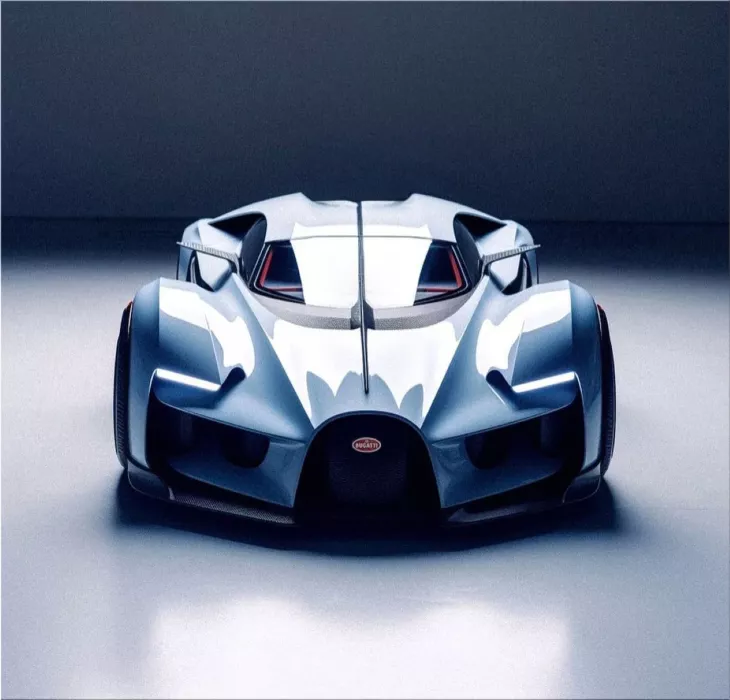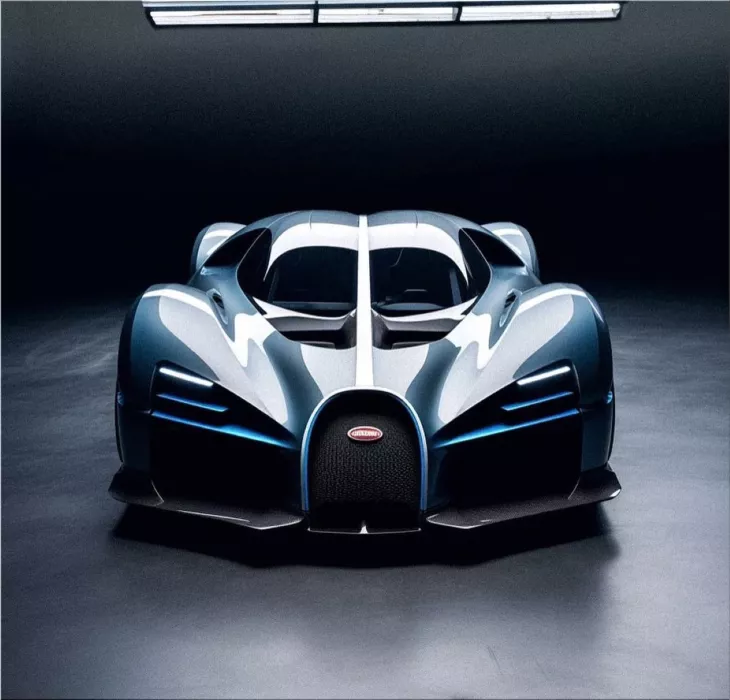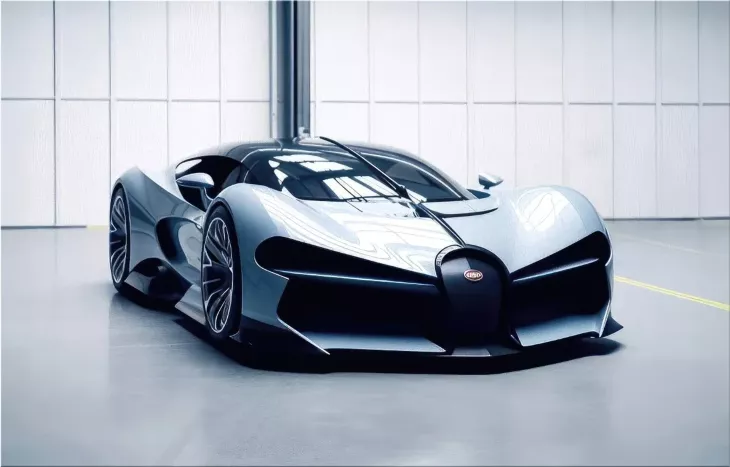Bugatti makes some of the world's most exclusive and expensive supercars, such as the Bugatti Chiron, the Bugatti Divo and the Bugatti Centodieci. But what if the French automaker let an artificial intelligence (AI) take over the design process? What kind of car would it create?
That's the question that a team of researchers from Stanford University and the University of California, Berkeley, tried to answer. They used a generative adversarial network (GAN), a type of AI that can learn from data and generate new images, to design a concept car for Bugatti. They fed the GAN thousands of images of existing Bugatti models and other supercars from brands like Ferrari, Lamborghini and McLaren. Then they asked the GAN to create a new car that would fit the Bugatti brand identity and style.
The result is a stunning and futuristic supercar that they named the Bugatti Bolide AI Concept. The name is Bolide is derived from the French term for “racing car”, which is also the name of Bugatti’s track-only hypercar that was revealed in 2020. The Bolide AI Concept is not intended to be a real car, but rather a showcase of what an AI can do with creative design.
The Bolide AI Concept: A blend of elegance and performance
The Bugatti Bolide AI Concept features a sleek, aerodynamic body resembling a jet fighter. The front end has a large horseshoe-shaped grille, characteristic of Bugatti cars, flanked by narrow LED headlights. The hood has two air intakes that channel air to the engine and the brakes. The side profile has a low and elongated shape, with prominent wheel arches and a curved roofline. The rear end has a massive diffuser that improves downforce and a retractable spoiler that adjusts according to speed and driving mode. The taillights are integrated into the rear wing, creating a distinctive signature at night.
The car is painted metallic blue, which pays homage to Bugatti’s racing heritage, contrasted by black accents on the wheels, mirrors and roof. The wheels are carbon fiber and have a star-shaped pattern that echoes the Bugatti logo. The doors open upwards like scissors, revealing a minimalist and futuristic interior. The cockpit has two bucket seats with blue leather upholstery and carbon fiber trim. The dashboard has a digital instrument cluster and a touchscreen infotainment system. The steering wheel has a flat-bottom design and paddle shifters for manual control.
The Bugatti Bolide AI Concept is powered by the same 8.0-liter quad-turbocharged W16 engine that is used in the Chiron, but with some modifications to increase its output. According to the researchers, the engine can produce over 1,825 horsepower and 1,364 pound-feet of torque, making it one of the most powerful engines ever made. The engine is paired with a seven-speed dual-clutch automatic transmission and an all-wheel-drive system that ensures optimal traction and stability. The researchers estimate that the car can accelerate from 0 to 60 mph in 2.2 seconds, from 0 to 124 mph in 4.4 seconds, from 0 to 186 mph in 7.4 seconds, from 0 to 249 mph in 12.1 seconds, and from 0 to 311 mph in 20.1 seconds. The top speed is projected to be over 311 mph, making it one of the fastest cars ever made.
The car also has an advanced suspension system that adapts to different road conditions and driving modes. The car can lower or raise its ride height depending on the speed and terrain, improving aerodynamics and handling. The car also has carbon ceramic brakes that provide exceptional stopping power and durability.
How does the Bolide AI Concept compare to other Bugatti models?
The Bolide AI Concept is not meant to be a realistic or feasible car, but rather an artistic expression of what an AI can imagine based on existing data. However, comparing it to other Bugatti models is interesting, especially the Bolide track-only hypercar that was revealed in 2020.
The Bolide track-only hypercar is also based on the Chiron platform, but with significant changes to make it lighter, faster and more agile on the racetrack. The car weighs only 2,733 pounds, thanks to extensive use of carbon fiber and titanium components. The engine is also tuned to produce 1,825 horsepower and 1,364 pound-feet of torque, the same as the Bolide AI Concept. However, the Bolide track-only hypercar has a more aggressive and functional design, with a large roof scoop, a massive rear wing, and multiple air vents and ducts. The car also has a stripped-down interior without infotainment or air conditioning. The car is estimated to have a top speed of over 310 mph, and a lap time of 5 minutes and 23 seconds on the Nürburgring Nordschleife, one of the most challenging racetracks in the world.
The Bolide AI Concept is more elegant and futuristic than the Bolide track-only hypercar, with a smoother and sleeker body, and a more luxurious and comfortable interior. The car also has a more advanced suspension system that can adjust to different driving modes and road conditions. The car is not designed for racing, but rather for showcasing the potential of AI design.
What does the Bolide AI Concept mean for the future of car design?
The Bolide AI Concept demonstrates how AI can generate new and original designs based on existing data. The researchers claim that their GAN can create diverse and realistic images of cars that are consistent with Bugatti's brand identity and style. They also claim that their GAN can learn from other data sources, such as sketches, text descriptions, or user feedback, and incorporate them into the design process.
The researchers hope that their project can inspire other designers and engineers to use AI as a creative tool for car design. They believe that AI can augment human creativity and innovation, rather than replace it. They also believe that AI can help create more personalized and customized cars that suit the preferences and needs of different customers.
However, the researchers also acknowledge that there are some limitations and challenges to using AI for car design. For instance, they admit that their GAN is not perfect, and sometimes produce unrealistic or distorted images that need to be refined or discarded. They also admit that their GAN is not able to capture the emotional and aesthetic aspects of car design, such as the sound, the feel, or the history of a car. They suggest that human designers still have an essential role in evaluating and improving the AI-generated designs.
Moreover, the researchers point out some ethical and social implications to using AI for car design. For example, they wonder how customers would react to buying a car designed by an AI rather than a human. They also wonder how car manufacturers would protect their intellectual property rights and brand identity from AI copying or manipulating them. They also wonder how regulators would ensure the safety and quality of AI-designed cars.
The researchers conclude that AI is a powerful and promising technology for car design, but it also requires careful consideration and collaboration among different stakeholders. They hope that their project can spark a constructive dialogue and debate about the future of car design in the age of AI.



